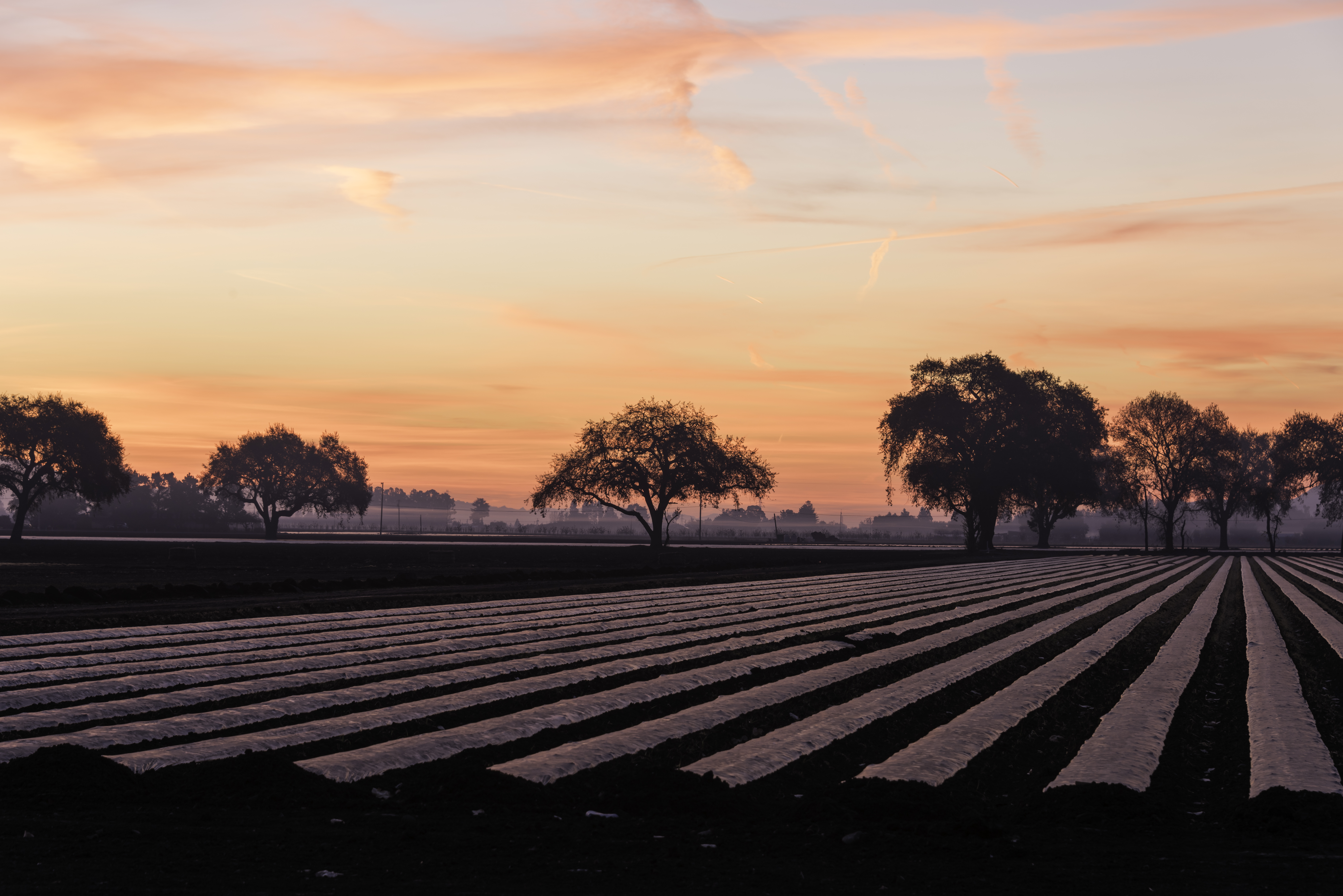Process of preserving Coyote Valley has had a long history where ending was not inevitable

This editorial is the opinion of Morgan Hill Life’s publisher and editor
Christmas came a little early for the South Valley region with a wonderful gift of preserving open space in the environmentally sensitive region of Coyote Valley. An investment of $93.46 million was put into a public-private conservation partnership to preserve 937 acres of land in the area separating South County from San Jose.
The San José City Council Nov. 6 unanimously approved the purchase and permanent protection of the land in Coyote Valley through an innovative public and private partnership among Peninsula Open Space Trust, Santa Clara Valley Open Space Authority and the city of San José. This conservation transaction secures a critical “last chance” wildlife linkage between the Santa Cruz and Diablo mountain ranges. This irreplaceable landscape features natural floodplains and wildlife habitat, mitigates wildfire impact and builds climate change resiliency for the citizens of the tenth-largest city in the nation.
“Our preservation of Coyote Valley for future generations makes good on our collective obligation of stewardship of our — and more importantly, their — planet,” said San José Mayor Sam Liccardo in a press release.
During the past four years, the city of San Jose staff, Authority, POST, landowners and many community stakeholders (including developers John Sobrato and Diane Brandenburg) worked to negotiate the agreements. They also teamed to build a public campaign and pass Measure T, a $650 million general obligation bond measure that appeared on the November 2018 ballot to acquire land or construct public improvements related to public safety and disaster preparedness.
The recent land deal goes a long way to protect our greenbelt for future generations. Coyote Valley’s conservation also enables San José to become more resilient to a host of climate-related perils, from wildfires to floods to drought.
One of the largest “natural infrastructure” transactions in America, the deal reflects a growing trend by cities to invest in natural floodplain protection as a more responsible fiscal alternative to incurring the human and financial costs that natural disasters such as floods have on communities
We’re glad our neighbor to the north is taking an enlightened and fiscally astute approach to land use by putting jobs and housing where workers want to be and discouraging the sprawl that exacerbates traffic and pollution. Clean air, fresh water, a healthy functional ecosystem and easy access to recreation are just some of the many benefits people and wildlife will experience as a result of a protected Coyote Valley.
The process of preserving Coyote Valley has had a long history where the ending was not inevitable. In the 1980s, computer companies Apple and Tandem played with the idea of building their headquarters along this corridor next to U.S. 101. In 1999, Cisco Systems moved forward with a proposal to build up to 6.6 million square feet of industrial development with a campus for 20,000 employees. When the dot-com bubble collapsed, that plan collapsed with it.
Coyote Valley contains the South Bay’s largest remaining freshwater wetland, Laguna Seca, and natural floodplains upstream of San José. All of these constitute significant natural assets for supporting flood risk reduction when fully restored. A scientific analysis published by the Authority in 2017, The Coyote Valley Landscape Linkage Report, describes the importance of Coyote Valley to wildlife movement, water resources, and environmental adaptation, so critical in this era of climate change. The report was the result of an eight-month collaboration by 18 local scientists and conservation managers that integrated new scientific findings, local expertise and previous connectivity analyses to develop a vision for the preservation of biodiversity in and around Coyote Valley.
The report identifies North Coyote Valley as the critical landscape linkage between the Santa Cruz and Diablo Mountain ranges, allowing wildlife to migrate and adapt to a changing climate. It is the key link in connecting more than $3 billion of open space investments made in the neighboring mountain ranges, where there are 1.12 million acres of core habitat. Strategic conservation in Coyote Valley also provides significant new opportunities for outdoor recreation and supports local agriculture.
After the transactions are completed, the Authority will assume responsibility for managing, stewarding and opening these lands to the public. During the planning process, which is expected to take three to five years, the Authority will provide organized educational events and volunteer opportunities to introduce Coyote Valley to the public.
Silicon Valley is known for innovations in the fields of high-tech and engineering. It’s good to see that the region is also working on innovations in preserving its open space lands and making them available for public use with trails for hikers and bikers to enjoy, including trails that connect the Diablo Range with the Santa Cruz Mountains. The deal is a gift that keeps on giving for South Valley residents to enjoy for many decades.






